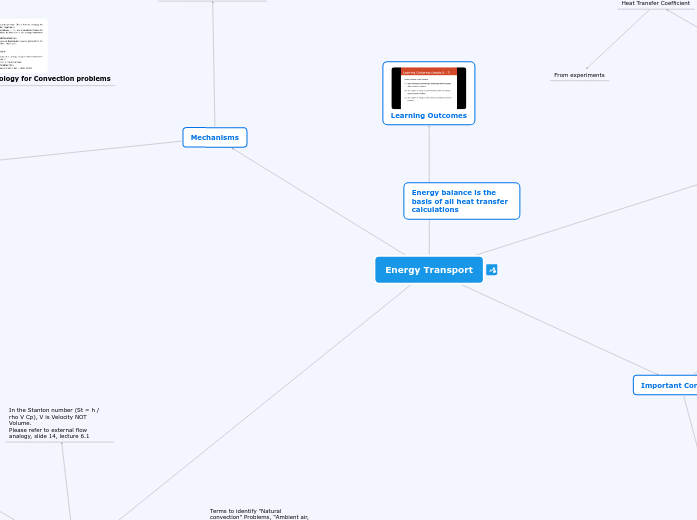по Kumar Perumal 9 месяца назад
673
Energy Transport

по Kumar Perumal 9 месяца назад
673

Больше похоже на это
Practice Problems
Constant heat flux
Constant wall temperature
Lumped Analysis
Non Lumped analysis
Multidimensional
Product rule for multidimensional heat transfer
Semi Infinite
Finite Media
Practice problems